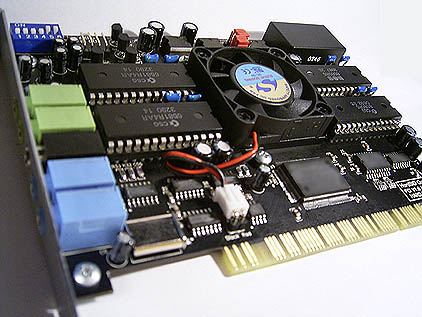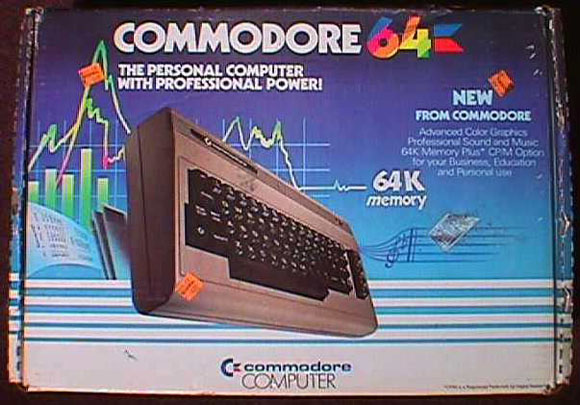
CDM Exclusive: Reflexaudio tells us that they’ll be manufacturing the HardSID Quattro PCI card, a PCI card featuring authentic vintage SID chips as used in the original Commodore 64. (European readers may be aware the HardSID product has been available over there for a while, but Reflex will bring manufacturing and broader North American distribution.) Pop this into your Windows or Mac desktop computer, and you can run four of these mean analog-style synth chips simultaneously with full MIDI control. Why? Aside from being able to make C64-style game music with incredible accuracy (if you’re into that sort of thing), you’ll find the SID is a very capable synth instrument for all sorts of music — something you might not guess from middling software emulations.
Compatibility: Windows / Mac OS X; PCI slot
Availability: June 30 (estimated / unconfirmed)
Cost: Estimated at US$250 starting retail (with one installed Commodore SID)
History and — why do I want to do this again? Did you say C64?! Click ‘read more’ for a look at the history behind the Commodore 64’s synth, and how and why this ancient digital chip wound up on a PCI card for modern computers.
A little bit of history
It’s January 1982, at the Winter CES show. Most computers (like the Apple II and IBM’s new PC 5150) can produce only a single, awful beep. The brand-new Commodore 64 is different: C64 architect Bob Yannes’ “synthesizer on a chip,” the original MOS 6581, is a complete analog-style synth, with three great-sounding voices and an integrated filter bank; it can even synthesize speech. The C64, designed from chips originally intended for the gaming market (the SID chip itself was intended as an all-in-one sound chip for gaming), is also a fraction of the price of the IBM PC. Contrary to popular belief, it’s the C64, not the Apple II or IBM PC, that will go on to become the best-selling computer in history. History links:
commodore.ca’s extensive C64 history
History of sidplayer, popular C64 music software, including a SID timeline

What’s this C64 doing in my modern [xx] PC?
The “why” aside, the “how” is simple: enough C64s were sold that there are still a fair number of these now-discontinued chips floating about. The cult following around the SID’s distinctive sound has led to plenty of DIY hardware projects (see CDM’s roundup) and even the boutique commercial product Sidstation (see MusicThing) The original MOS 6581 chip is in short supply, but there are more of the 8580 chip used in the C64’s revision, the C64c; Reflexaudio tells us that, while they were skeptical at first, the later chip is actually an improvement.
So, long story short, Reflexaudio isn’t just building a new card: they’re using the actual chips from the C64. This ain’t no emulation. The 8580s and a handful of 6581s are available unused, and the HardSID card even includes extra jumpers and capacitors so you can rip one out of a garage-sale C64 (provided you can find one with a sound chip that works).
Why would you want to do this? The SID’s cult following may be that it is something of an oddity: one of the first musical antiques from the digital age. It’s not only a good instrument for chiptune folks, but is capable of producing some great bass sounds and rich, fat bleepin’ analog sounds. When these chips are gone, it’ll just be you with your C64 synth in your — boy, this sounds strange — dual-Pentium or G5 tower. Stay tuned to CDM for an official availability announcement from Reflex and final pricing and ship dates.